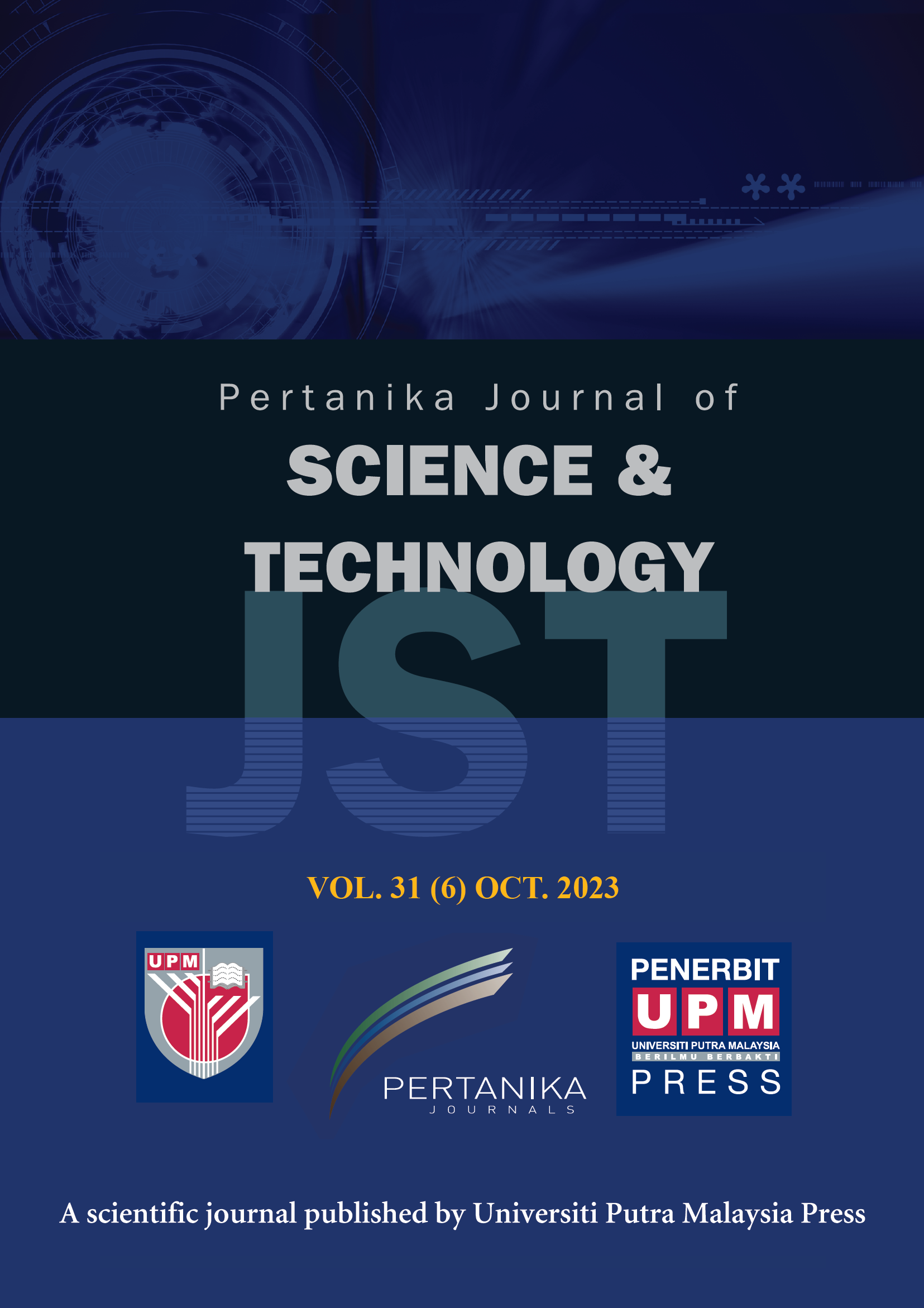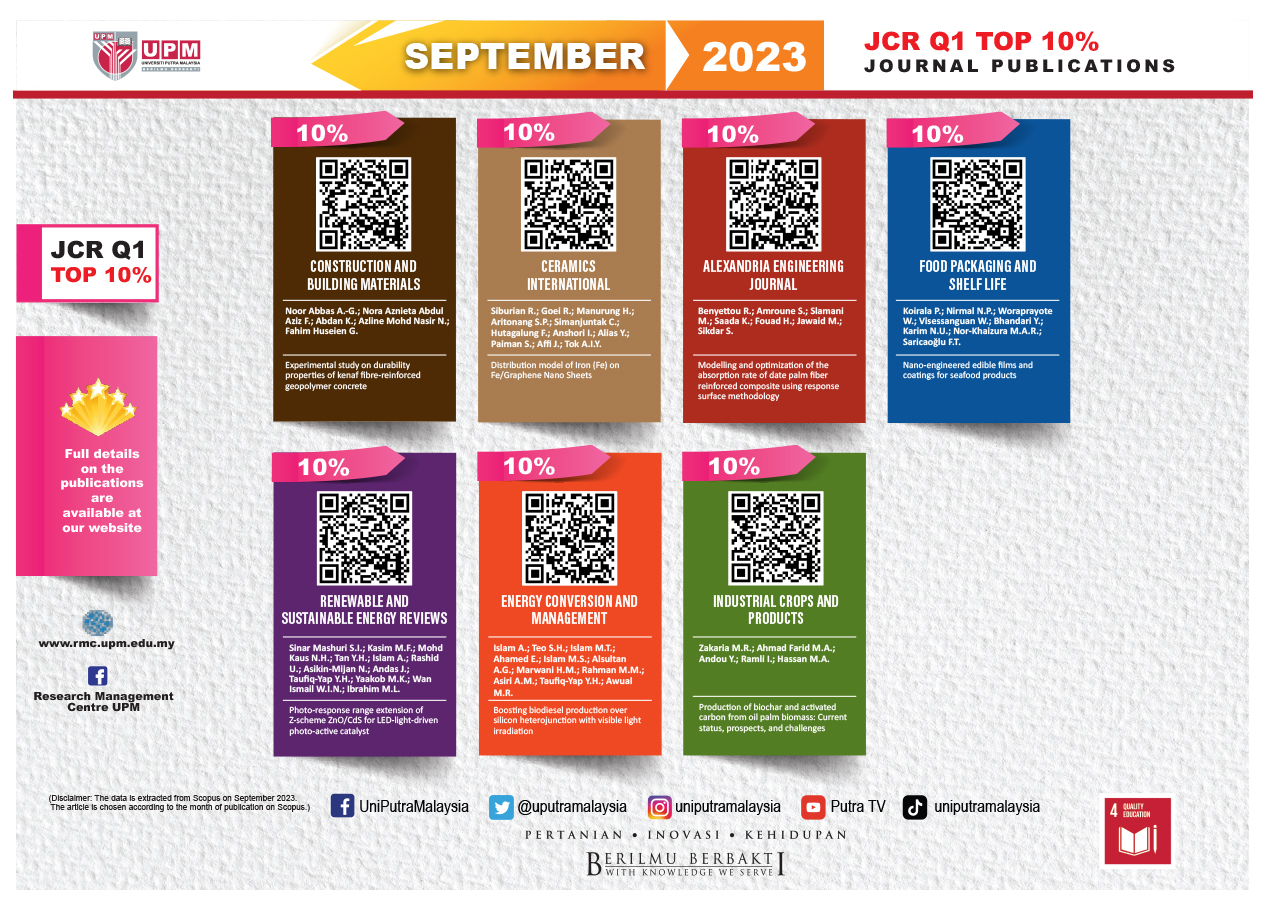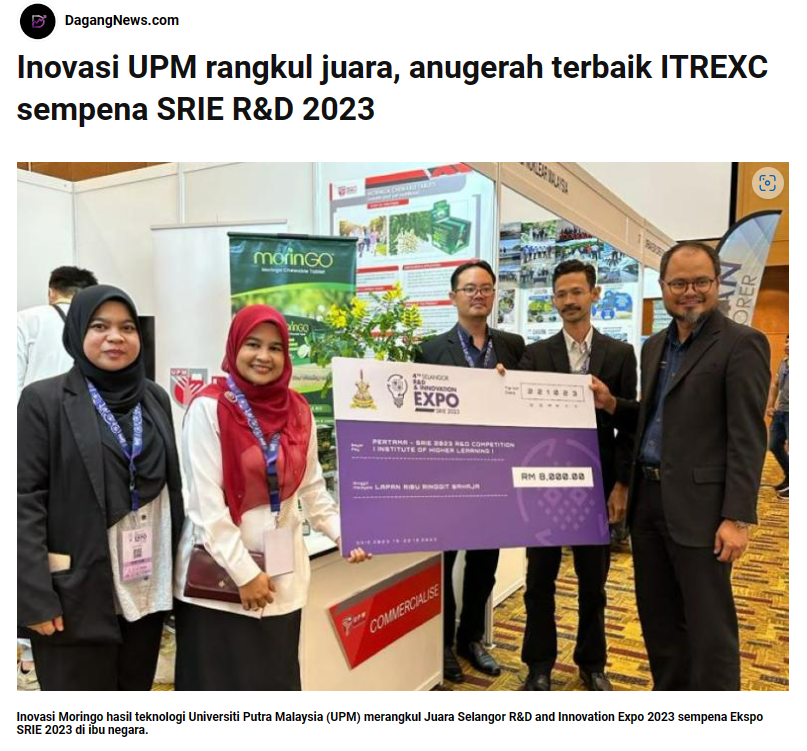Abstract
In the context of climate change, sustainable biorefinery helps to mitigate carbon emissions. This paper examines how landscape structure metrics allow us to better understand the economics of agricultural and forestry wastes transportation. To verify that the landscape structure plays a significant role, we quantify the fragmentation of various lignocellulosic feedstock in Malaysia, as a typical tropical country. Fragmentation is compared with the variations of truck size, transport distance, and biomass nature. We use GRASS GIS to develop a series of transport cost maps, to quantify feedstocks, to run various biomass transport simulations, optimize locations of potential biorefineries, and to compute landscape structure metrics. We find that the cost of 1 million tonnes feedstock increases by more than 4 USD/tonne for every added unit of edge density (fragmentation index). It also increases by more than 6 USD/tonne for every added 100 km of average transportation. The average truck size has also a strong nonlinear relation to the cost with −84 USD/tonne when changing from 3- to 26-tonne trucks. To our knowledge, this is the first paper to address simultaneously fragmentation with the other classical logistic factors in a tropical country like Malaysia. It has strong implications for policymakers: the importance of the landscape structure makes a seemingly abundant biomass not viable for biorefineries if too fragmented compared to a much less abundant one, but more concentrated. It also implies that in tropical countries where the landscape is typically very fragmented, multi-crop feedstocks could be considered for sustainable biorefineries. © 2020 The Authors. GCB Bioenergy published by John Wiley & Sons Ltd
Author: Ong C., Deprés G., Hollebecq J.-E., Shaiffudin Hishamudin M.O., Kamaruddin N., Anugerah A.R., Amir Mustafa A.N., Roda J.-M.
Tarikh Input: 05/03/2021 | Kemaskini: 10/03/2021 | salehaharon
PERKONGSIAN MEDIA




























